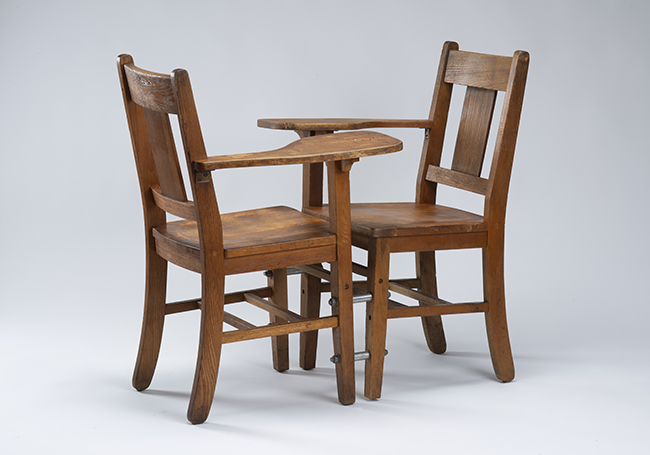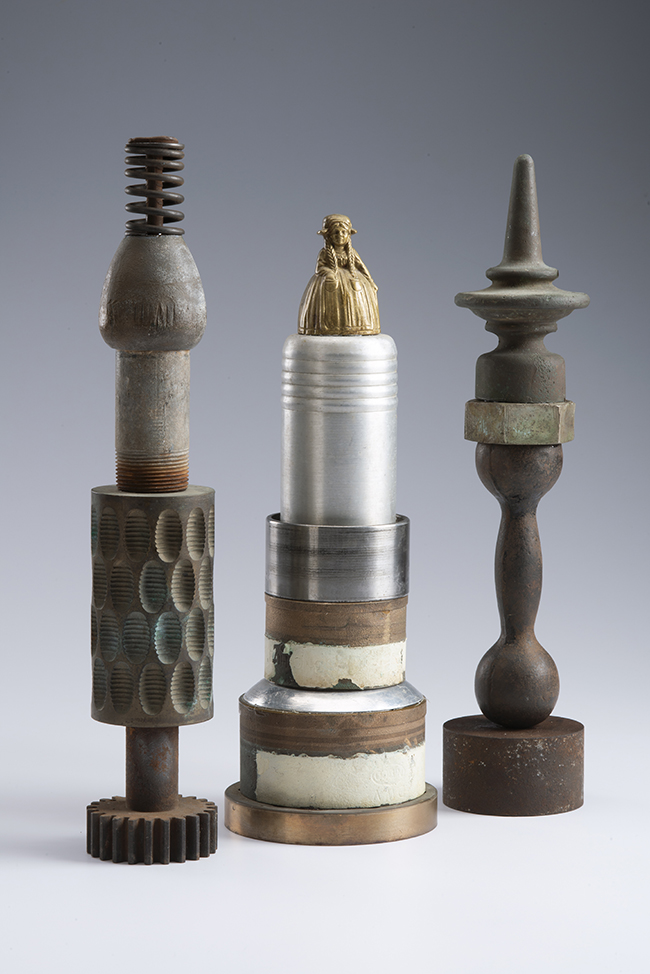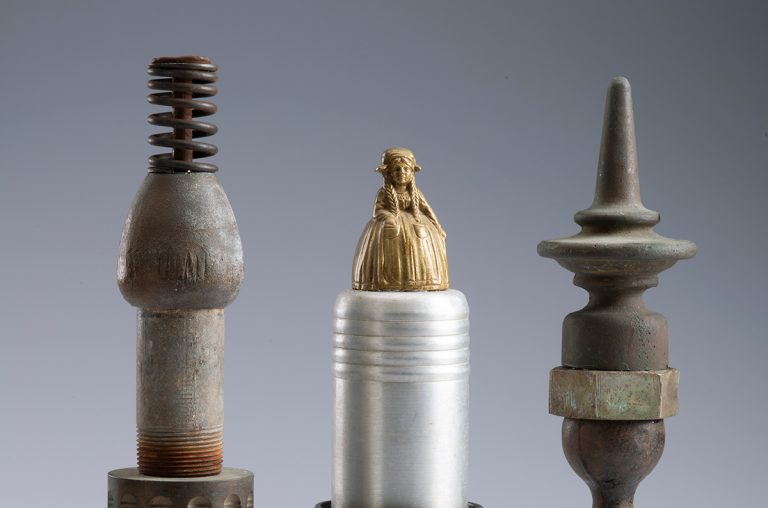Clint Imboden, born in 1953 in St. Louis, Missouri, is a Bay Area-based artist whose work channels a unique blend of nostalgia, cultural history, and social critique. Now residing in Oakland, California, Imboden crafts intricate 3D pieces that repurpose everyday items—tools, toys, and pieces of Americana—to comment on social and political themes. His creations invite us into a world where commonplace objects, often taken for granted, carry complex narratives that only become evident through his art. Imboden’s work strikes a balance between the visually intriguing and the intellectually stimulating, merging the familiar with the thought-provoking.

Imboden’s early life introduced him to the world of collecting, as both of his parents shared a love for kitsch and Americana. Their passion for curating quirky, everyday artifacts left a lasting impression on him and set the foundation for his artistic path. This practice of collecting remains a vital part of his weekly routine, as he frequents flea markets and estate sales, searching for items that tell a story. He’s particularly drawn to artifacts found in working-class American homes from the mid-20th century, like hand tools, toys, and kitchenware—items that embody the spirit of blue-collar America.
In his Oakland studio, Imboden reinvents these discarded objects, turning them into thought-provoking installations. His works are not merely random collections; they are carefully assembled creations that juxtapose the original function of each item with new meanings. Imboden is especially interested in repetition, often assembling hundreds of the same object into an abstract formation. This approach doesn’t only highlight his enthusiasm for collecting but also transforms everyday objects into complex, captivating art forms.

A significant aspect of Imboden’s recent work involves the integration of text. Following the 2016 election, he began using laser etching to engrave words onto his found objects, adding a new layer of meaning. This technique infuses his work with a political edge, turning each item into a statement or question. By combining words with nostalgic objects, Imboden encourages viewers to reflect on societal issues in a way that feels both accessible and nuanced. The result is art that transforms everyday items into a platform for social dialogue.
One of the most features of Imboden’s work is its connection to the blue-collar experience. For instance, vintage tools aren’t just props; they become symbols of the labor, history, and stories of those who used them. Through his installations, Imboden honors the legacy of workers, families, and tradespeople, bringing new life to items that might otherwise be forgotten. This reframing allows viewers to see the inherent value in these objects, reminding us of the stories they carry.
Imboden’s work has captured attention far beyond the Bay Area. His pieces are part of public collections across the globe, including the San Antonio Museum of Art, Museu de Arte Moderna in Rio de Janeiro, and the Milwaukee Art Museum. Such collections speak to the universal appeal of his message. Additionally, his installations have been commissioned for public spaces around California, such as the SF Curran, Hyatt Place Hotel, and Sherwood Design Partners, bringing his art to a wide-ranging audience.

Collecting, for Imboden, is almost ritualistic. In his artist statement, he describes his commitment to finding “overlooked objects” and bringing them to his studio, where they undergo transformation. Some items, like screwdrivers and measuring tapes, appear in large quantities in his works, demonstrating his fascination with repetitive forms. This repetition adds rhythm and depth to his installations, creating a mesmerizing visual experience.
Imboden’s art raises questions about value in a throwaway culture. What prompts us to keep certain things but discard others? How can a seemingly trivial item hold a story or a deeper message? His work, without words, opens up a space for dialogue on themes of memory, worth, and society, using the physicality of objects to communicate complex ideas.
Accessible yet layered, Imboden’s creations look to the past while offering commentary on the present. Each piece speaks to a conversation between memory, personal history, and cultural identity. Imboden’s work celebrates the everyday, reminding us that overlooked items carry stories waiting to be discovered. Through his artistry, tools and toys gain new meaning, proving that some of the most profound messages come from what we tend to overlook.

